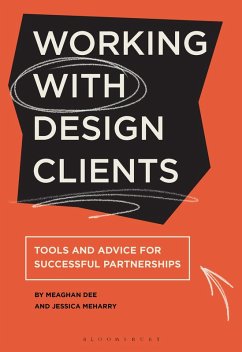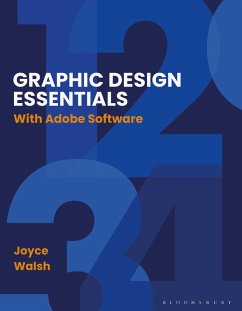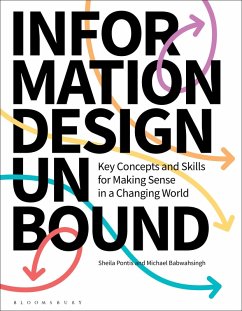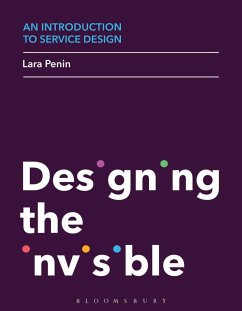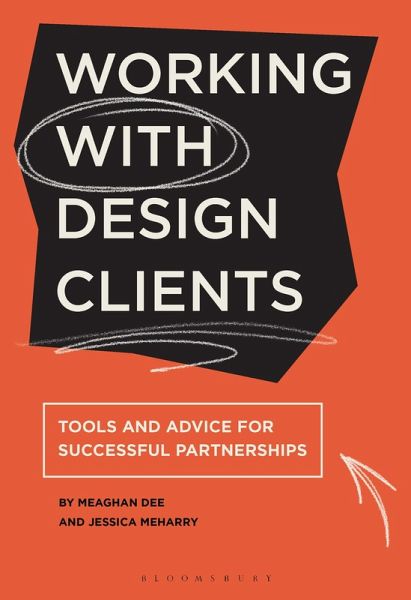
Working with Design Clients (eBook, PDF)
Tools and advice for successful partnerships

PAYBACK Punkte
9 °P sammeln!
The studio is a core strand of design education, and working with real clients is one of the most valuable ways for students to develop their professional design practice skills. The book is a practical guide to working on real-life briefs in the design studio - how to collaborate with and connect to communities, find and retain clients, and manage real-world design problems. Using tools and frameworks based on years of research and experience, students can develop their professional skills in a supportive environment. The book is divided into four sections: - Why (industry connections, experi...
The studio is a core strand of design education, and working with real clients is one of the most valuable ways for students to develop their professional design practice skills. The book is a practical guide to working on real-life briefs in the design studio - how to collaborate with and connect to communities, find and retain clients, and manage real-world design problems. Using tools and frameworks based on years of research and experience, students can develop their professional skills in a supportive environment. The book is divided into four sections: - Why (industry connections, experiential learning, personal empowerment) - What (engaging with communities, client work, structure) - Who (work roles, client relationships, articulating value) - How (launching, logistics, planning) The final section of the book covers information for those expanding into student-led studios, and includes information on strategies, financing and how to plan for the future. Supported by a companion website featuring downloads and resources for both students and instructors.




